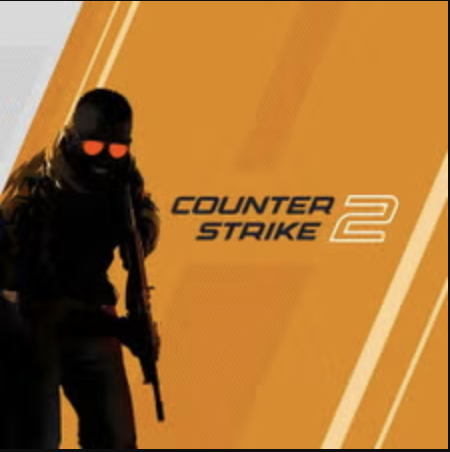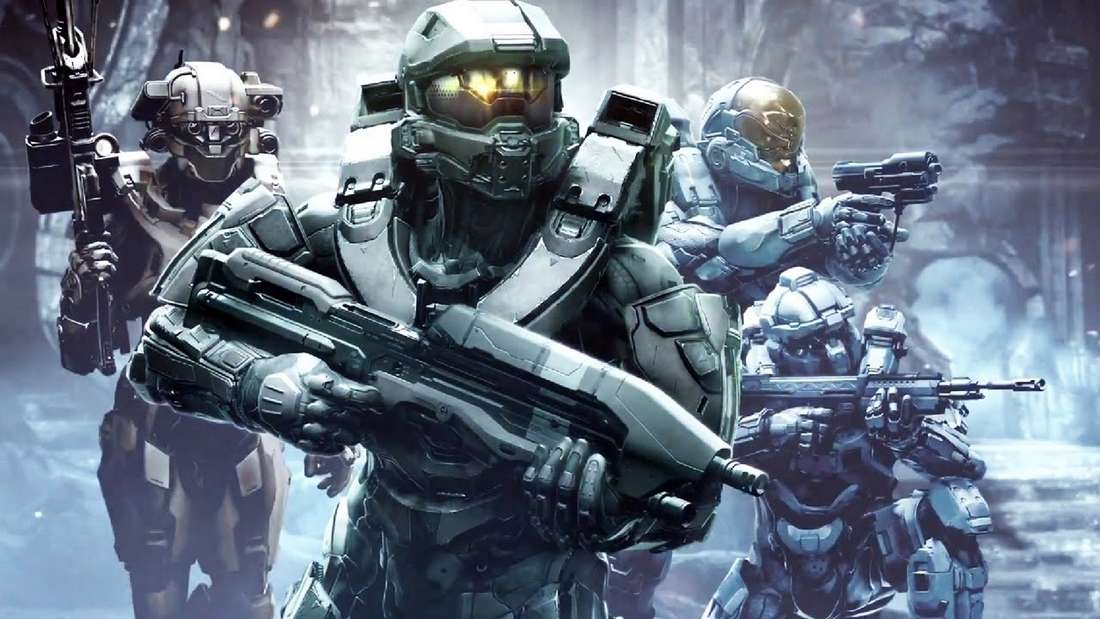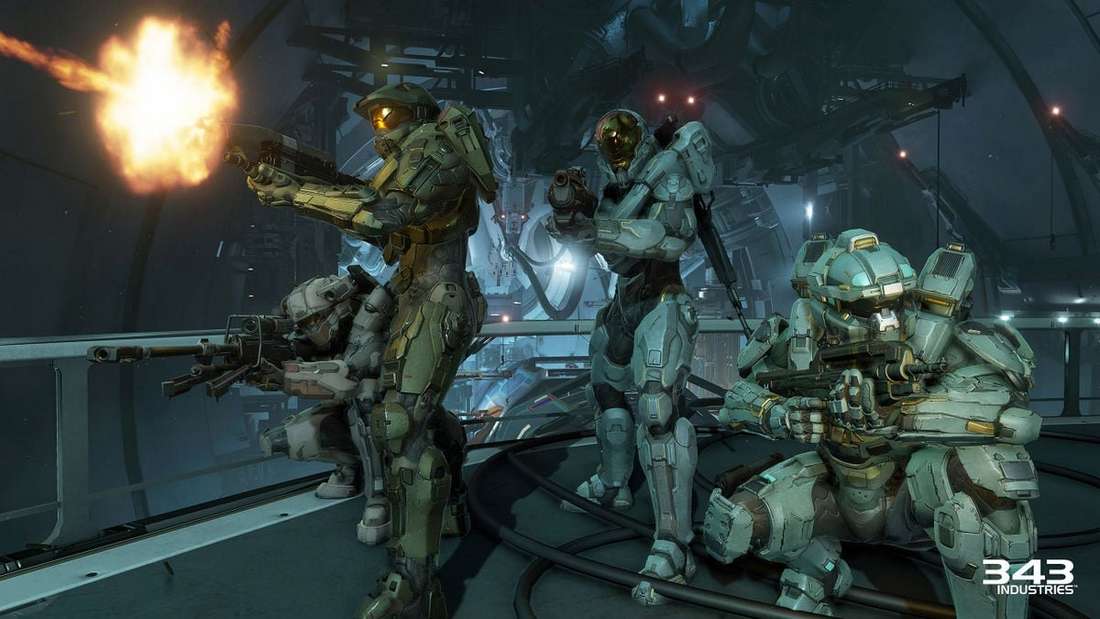Retrospective: Halo 5: Guardians a Decade Later—An Unjustly Maligned Multiplayer Masterpiece
Popular Now
 Counter-Strike 2
Counter-Strike 2
 CarX Street
CarX Street
 League of Legends
League of Legends
 Candy Crush Saga
Candy Crush Saga
 FIFA 23
FIFA 23
 Valorant
Valorant
 PUBG Mobile
PUBG Mobile
 Genshin Impact
Genshin Impact
 Free Fire Max
Free Fire Max
 Schedule I
Schedule I
 Ten years ago, on its release in October 2015, Halo 5: Guardians was met with a critical, and often fanatical, firestorm. The controversy centered almost entirely on its divisive campaign narrative, which controversially sidelined the iconic Master Chief in favor of Spartan Locke and Fireteam Osiris. However, a decade on, it is high time for a serious reassessment. With a new generation of Xbox Series X|S consoles providing seamless performance and the community actively revisiting older titles, the focus is shifting. Players are rediscovering that the game beneath the troubled story is, in fact, an exceptionally well-crafted, competitive, and dynamic first-person shooter—a true gem of the Xbox One era.
Ten years ago, on its release in October 2015, Halo 5: Guardians was met with a critical, and often fanatical, firestorm. The controversy centered almost entirely on its divisive campaign narrative, which controversially sidelined the iconic Master Chief in favor of Spartan Locke and Fireteam Osiris. However, a decade on, it is high time for a serious reassessment. With a new generation of Xbox Series X|S consoles providing seamless performance and the community actively revisiting older titles, the focus is shifting. Players are rediscovering that the game beneath the troubled story is, in fact, an exceptionally well-crafted, competitive, and dynamic first-person shooter—a true gem of the Xbox One era.
 The Core Controversy: Campaign and Narrative Miss-Steps
The Core Controversy: Campaign and Narrative Miss-Steps
The campaign’s narrative shortcomings are undeniable and remain the primary source of its initial negative reception, directly impacting its sales figures and public perception. The marketing campaign, built around a gripping “Hunt the Truth” premise pitting Chief against Locke, delivered a story that ultimately failed to pay off its central conflict convincingly. Furthermore, the decision to restrict players to four-player co-op with an AI squad, in a clear departure from the series’ traditional solo/split-screen experience, frustrated many core fans of the Halo franchise.
- Sidelining Master Chief: The vast majority of the campaign missions were dedicated to Fireteam Osiris, leaving the beloved Chief with only a handful of playable missions. This choice fundamentally undermined the sense of scale and personal stakes that the series was known for.
- The Cortana Plot: The abrupt and confusing turn in Cortana’s character arc, transforming her from a beloved companion into a menacing antagonist, was a deeply unpopular narrative decision that still frustrates players seeking narrative closure from Halo 4.
- Required External Lore: The narrative was often criticized for relying too heavily on the Halo expanded universe—novels and supplementary media—requiring external “homework” for a complete understanding of key characters and motivations, a fundamental misstep in a mainline entry.
Multiplayer: The Unheralded Triumph and High CPC Value
If the campaign was the weakness, the multiplayer was the game’s unmitigated strength. The Halo 5 arena experience, which refined and iterated upon the “Spartan Abilities” introduced in Halo 4, resulted in one of the most mechanically deep and rewarding competitive modes in the history of the FPS genre. This aspect is what gives the title its lasting high CPC relevance for online competitive gaming and multiplayer shooter keywords today.
The core philosophy of Halo 5’s multiplayer returned to the franchise’s roots: a focus on universal weapon starts and map-spawned power weapons, ensuring a level playing field built on skill, not loadouts. This was modernized with a highly competitive suite of new movement options:
- Sprinting and Clambering: These abilities, while controversial to some purists, added crucial verticality and speed to the gameplay loop, making maps more intricate and traversal a key tactical element.
- Thruster Pack: Integrated as a base ability, the thruster pack added an essential layer of mid-combat maneuverability, creating a higher skill ceiling for advanced players mastering its use for dodging, flanking, and recovering.
- The Warzone Innovation: The 24-player Warzone mode—a groundbreaking fusion of PvP and PvE objectives, complete with MOBA-like mechanics and the introduction of the REQ system—was hailed as one of the best new ideas in the genre. Its vast environments and dynamic objectives offered a unique and highly replayable mode that is still actively played by the dedicated community.
A Flourishing Community Decade-Old Content
A decade later, the game is kept alive by its remarkably resilient and active community. Despite being tied exclusively to the Xbox ecosystem—it remains the only mainline Halo game not in The Master Chief Collection or officially available on PC (outside of the free Halo 5: Forge mode for Windows 10)—the lobbies are still populated for most core multiplayer modes.
The Forge Mode in Halo 5—which was eventually ported to PC with 4K support and mouse and keyboard functionality—produced some of the most intricate and vast community creations in the series’ history. The library of custom maps and game modes available in Halo 5 far surpasses that of newer Halo titles, offering an endless supply of fresh content and a testament to its powerful creative toolset. This strong UGC (User-Generated Content) ecosystem is a powerful driver of long-term player engagement.
Conclusion: The Time for Reappraisal is Now
It is time to look past the campaign’s mistakes and recognize Halo 5: Guardians for what it is: a tightly-designed, fiercely competitive, and visually striking first-person shooter with a legendary multiplayer component. As new players and veterans search for a high-octane competitive experience that fills the niche between the older Halo titles and the live-service model of Infinite, the game stands ready. Ten years on, Halo 5 offers a unique blend of modern movement and classic Arena shooter fundamentals, making a second chance more than justified. It is a definitive entry in the FPS genre that deserves its spot in the pantheon of great competitive games.





